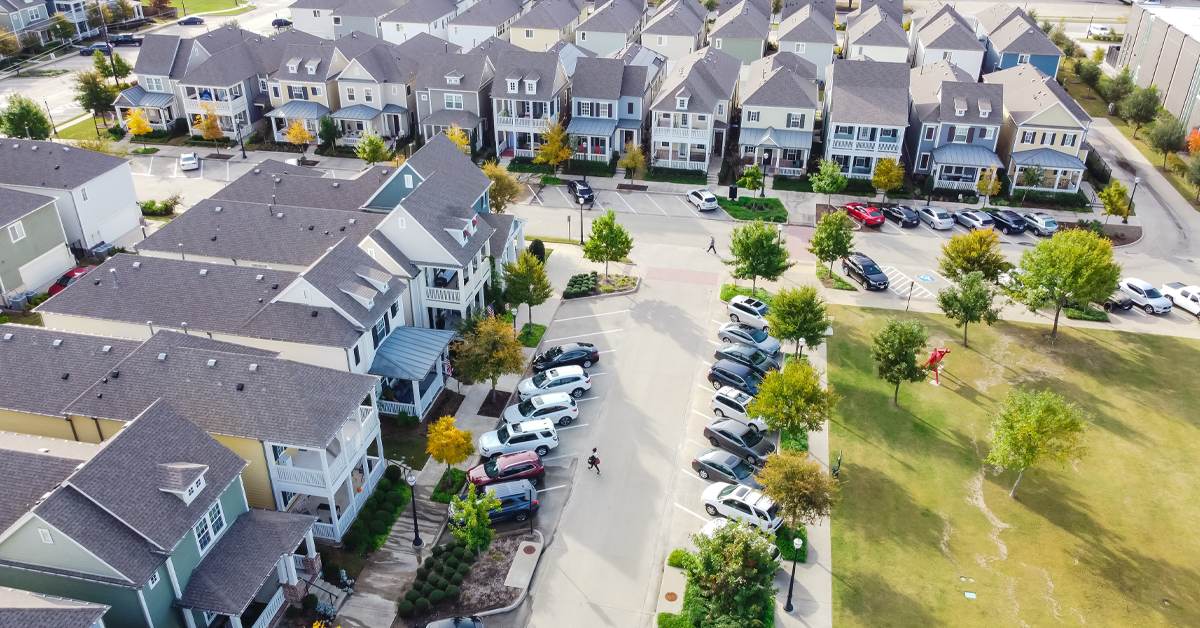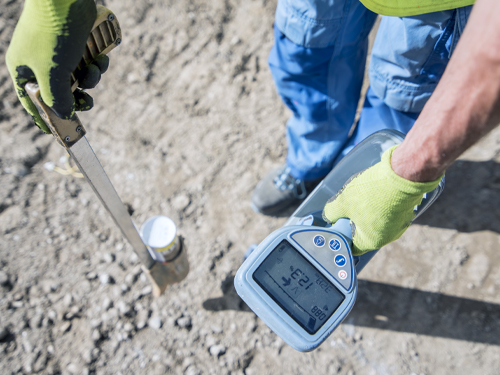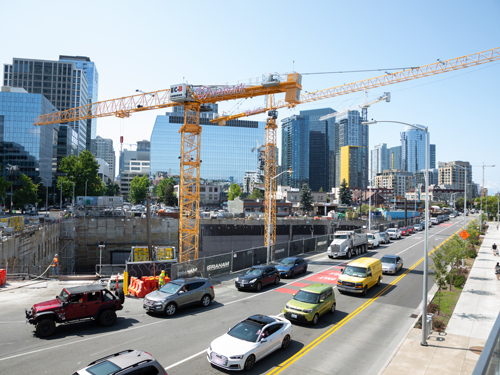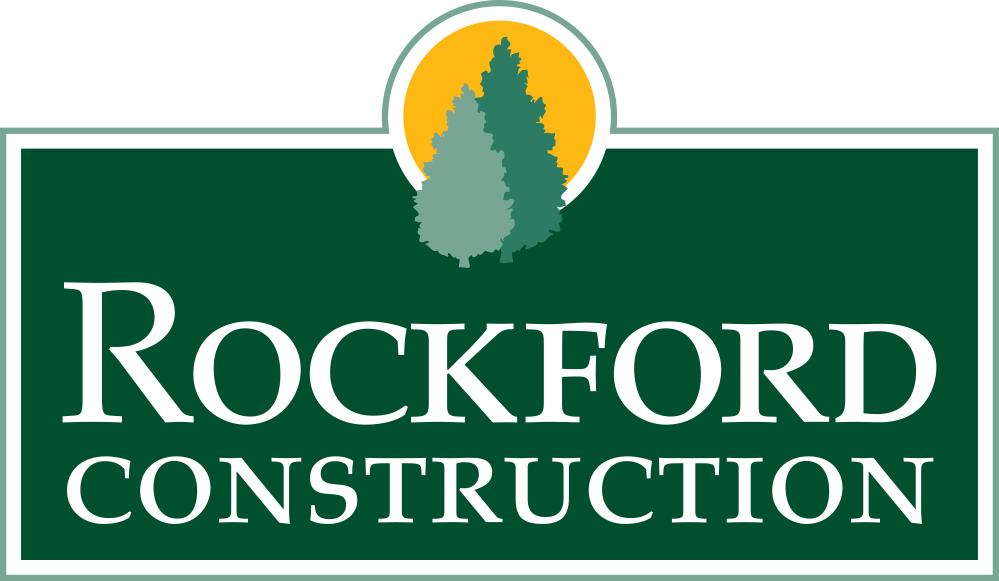
6 Tips to Making the Best Townhome Site Selection
Fortunately, choosing a site for single-family townhouse developments can be made easier if you know the process. If you’re planning future townhome construction, this article will clarify the process for you.
Understand Zoning Rules
Before beginning any development project, it is critical to understand zoning rules. These vary considerably across locations. Some site locations may only permit apartment development and condos, while others are suitable for commercial property. Your first task is to identify lots where townhouses are permitted as a site developer.
Start by checking the rules for the location. Look at how the local authorities want the community to use the land. You may find that your chosen site does not allow residential building development. Furthermore, you might also discover the limited scope for such development in the neighborhood.
Search zoning records at your local department for building and zoning services. Once you know where you stand, you’ll have a better idea about whether your plans are feasible from a procedural standpoint.


Check Local Infrastructure
While townhouse construction doesn’t require massive infrastructure, you still want to research it. Check that local amenities and services fit the single-family market criteria. Important factors to look out for during the site selection process include:
- Good access for motor vehicles and pedestrians at the location
- Suitable ground for the foundation
- Reasonable air quality
- A desirable landscape
- Low to medium traffic intensity
- Close to neighborhoods and stores
- Near to companies and entertainment
- School districts and other educational institutions
In your research, you’ll also want to identify things to avoid. For instance, building next to a busy freeway or train track can put future buyers off quite a bit. Communities with a lot of loud noises can also lower target sale prices.
Ensure That Site Selection Risks Are Low
When developing residential property, it is critical to assess risk factors, particularly flood and fire. New neighborhoods need to feel safe to attract family buyers.
Moreover, land previously used for industrial applications might have contaminated soil. Soil issues are always problematic due to the added costs and time delays of preparing the land for new home construction. This process can be expensive – especially if not undertaken during the early stage of development.
Access should also be considered. While an apartment property only requires a single point of access, townhouses each need individual access, which might be challenging to achieve at your location. Each future family may need enough room for a driveway.


Find An Area Ripe For Gentrification
When considering a townhouse site, choose a site desirable among newly-wealthy people. Families with less money will live in apartments because of situations with personal finance. However, townhouse properties are much more prevalent among wealthier clients.
Get a sense of the market in your target area. See what types of properties buyers intend to purchase. Look for a good site where apartment and property values are rising. Ask whether the community and transportation are strong enough to allow the area to continue to develop. Check that there are enough high-quality schools nearby to attract wealthy families to the area.
Check For Encumbrances on Residential or Commercial Property
Encumbrances can get in the way of residential and commercial building projects. Therefore, considering them is an essential part of site selection, whether you’re constructing patio homes, building an apartment complex, or a luxury townhouse residence.
Encumbrance factors for townhome residential investment could include:
- Easement issues that allow property owners in close proximity to make changes and alterations to the building site
- Encroachment issues which may reduce the value of other houses or apartments at the location site
- Restrictive covenants that limit who you can sell to and who your building partners can be


Is the Topology Suitable For Residential Building
Sometimes called the “aspect” of a site, the topology can dramatically impact the cost of building. Undulations and steep slopes can create difficulties when developing the neighborhood.
Furthermore, during the site selection process, find out whether the location is suitable for a south-facing development. Ideally, you want residential developments to face south in the northern hemisphere to maximize light.
You also want to check the width of the frontage available at the site. The wider the area in front of each townhouse, the more desirable the residential neighborhood is for families.
Good Site Selection Takeaways
Site selection for a townhome is primarily a matter of common sense. Your townhome site needs to be located close to desirable schools, transportation hubs, and amenities. Before you break ground, research security issues, the soil quality, and whether the people likely to live at the site are in the market for townhomes.


